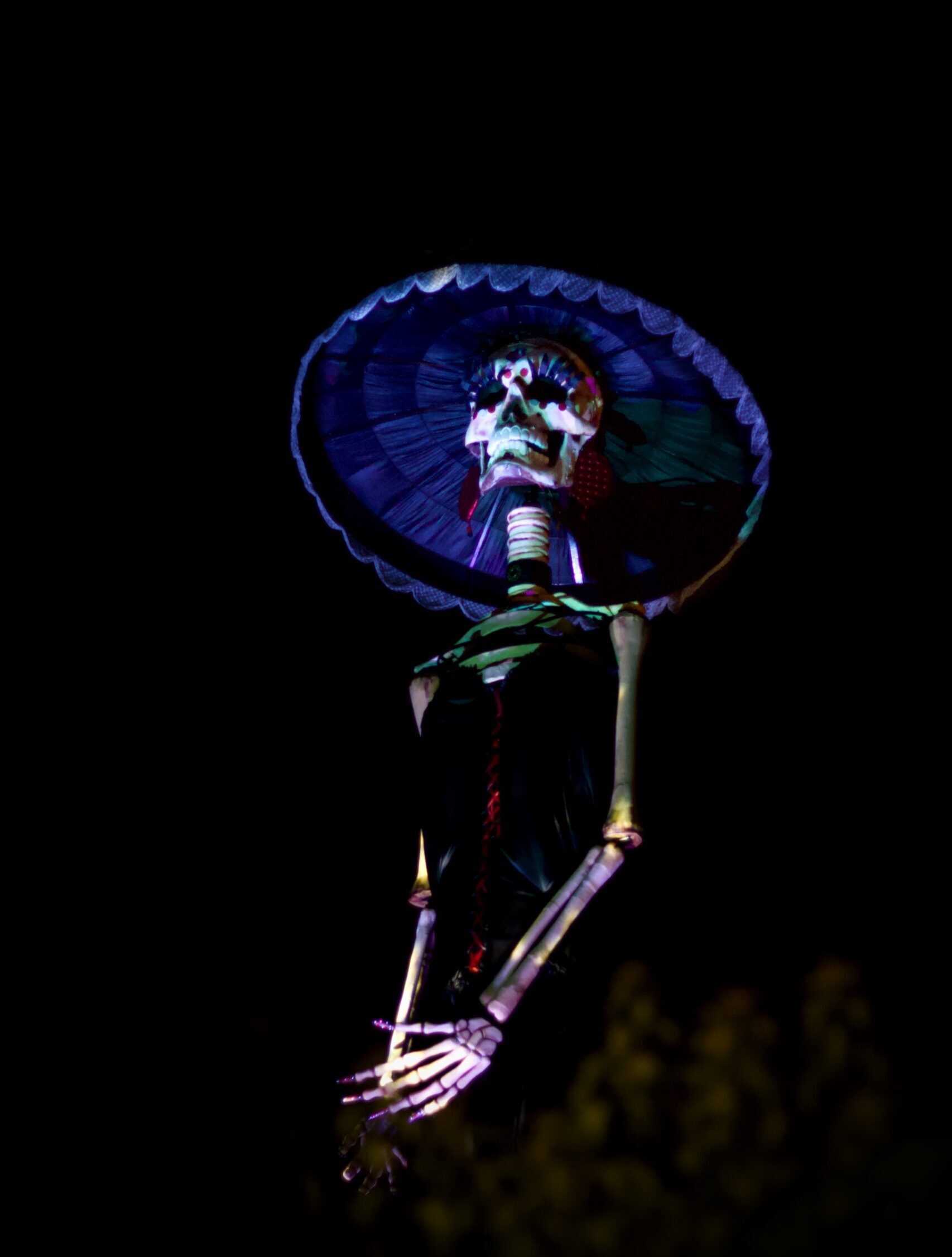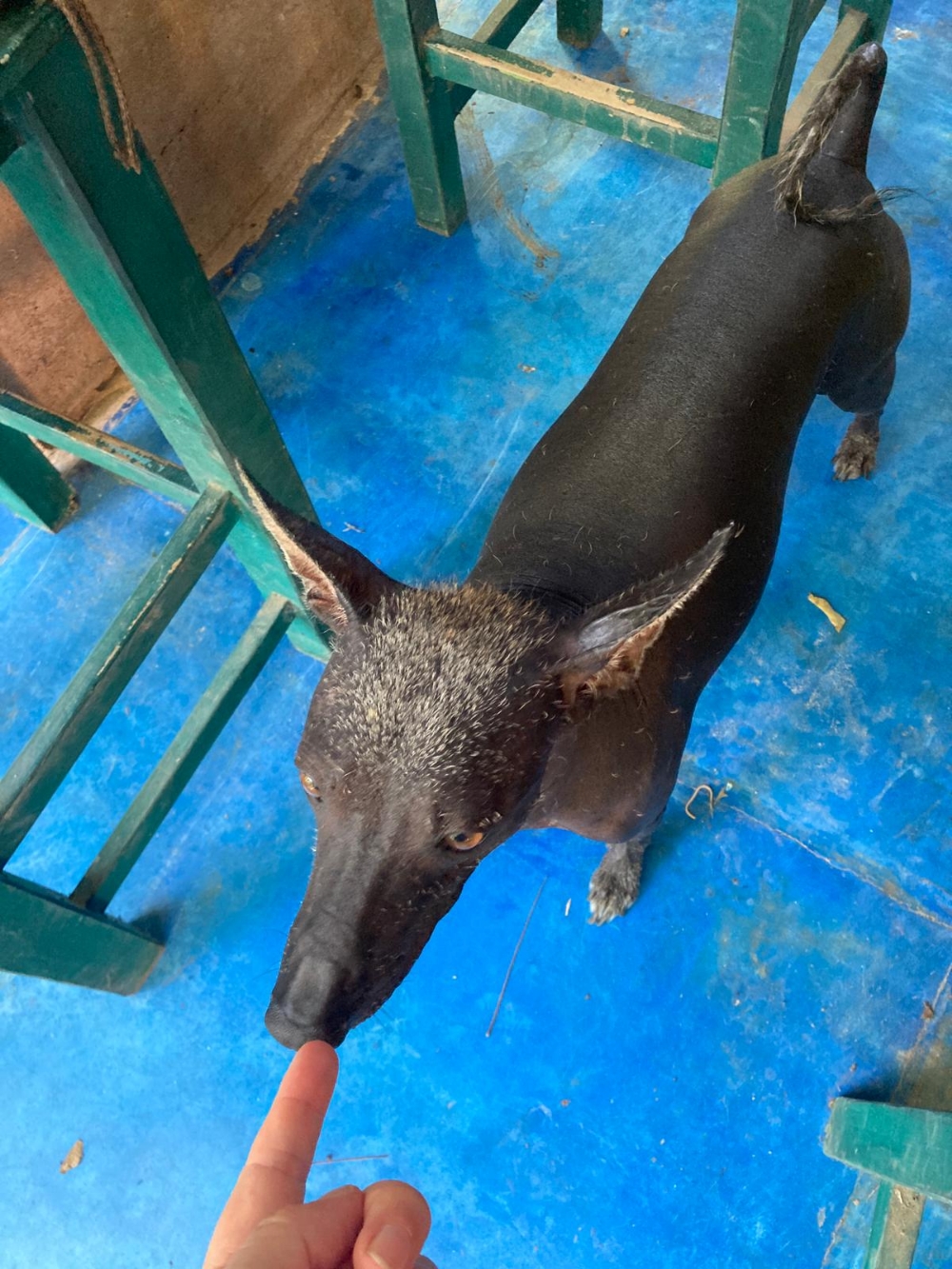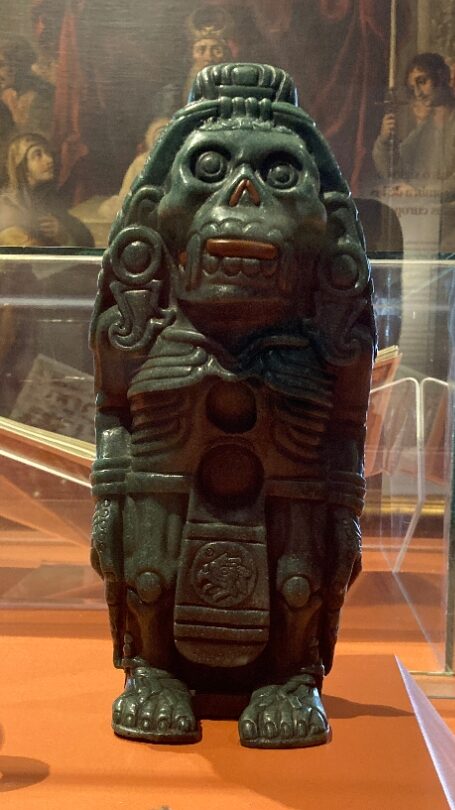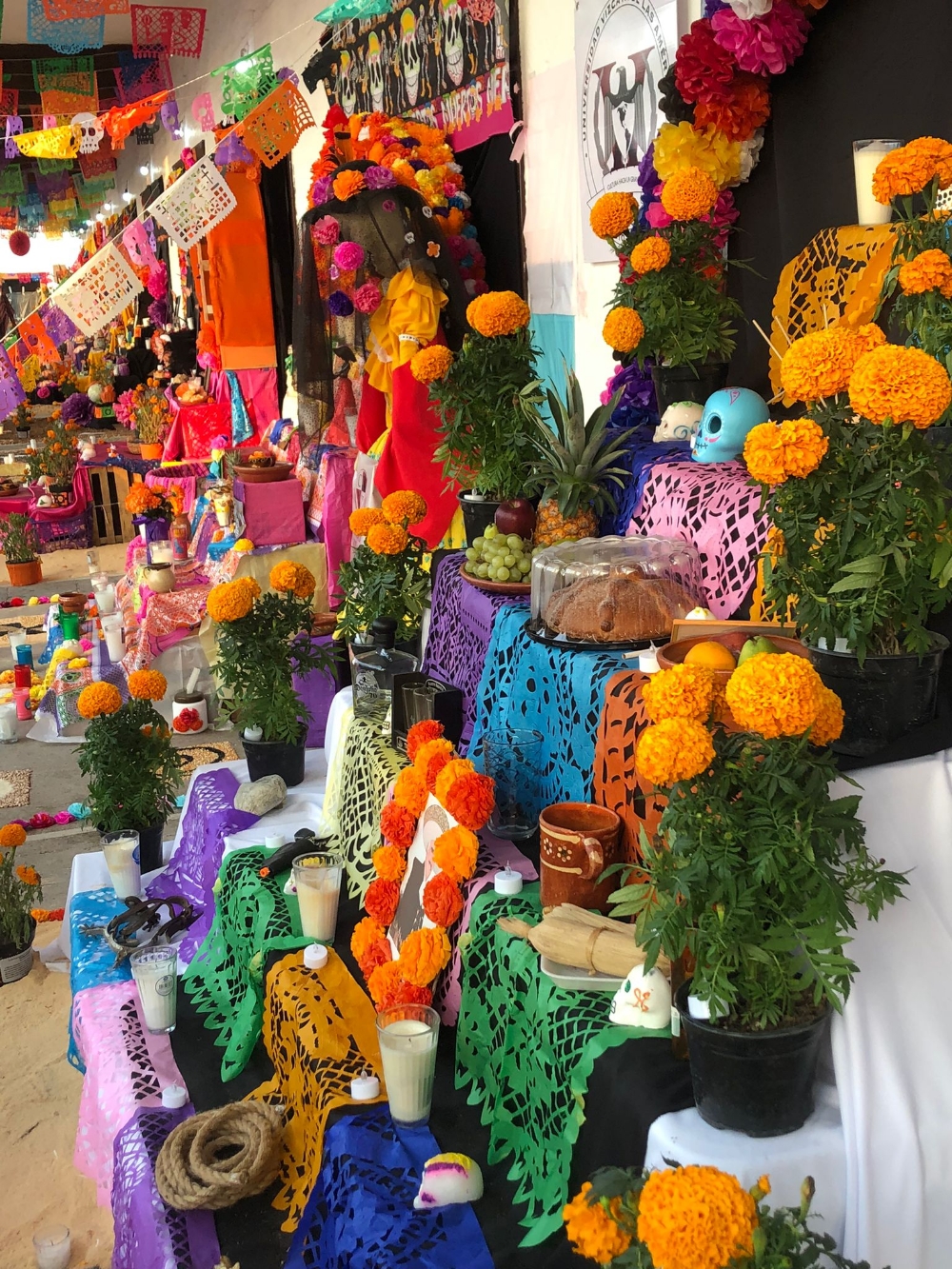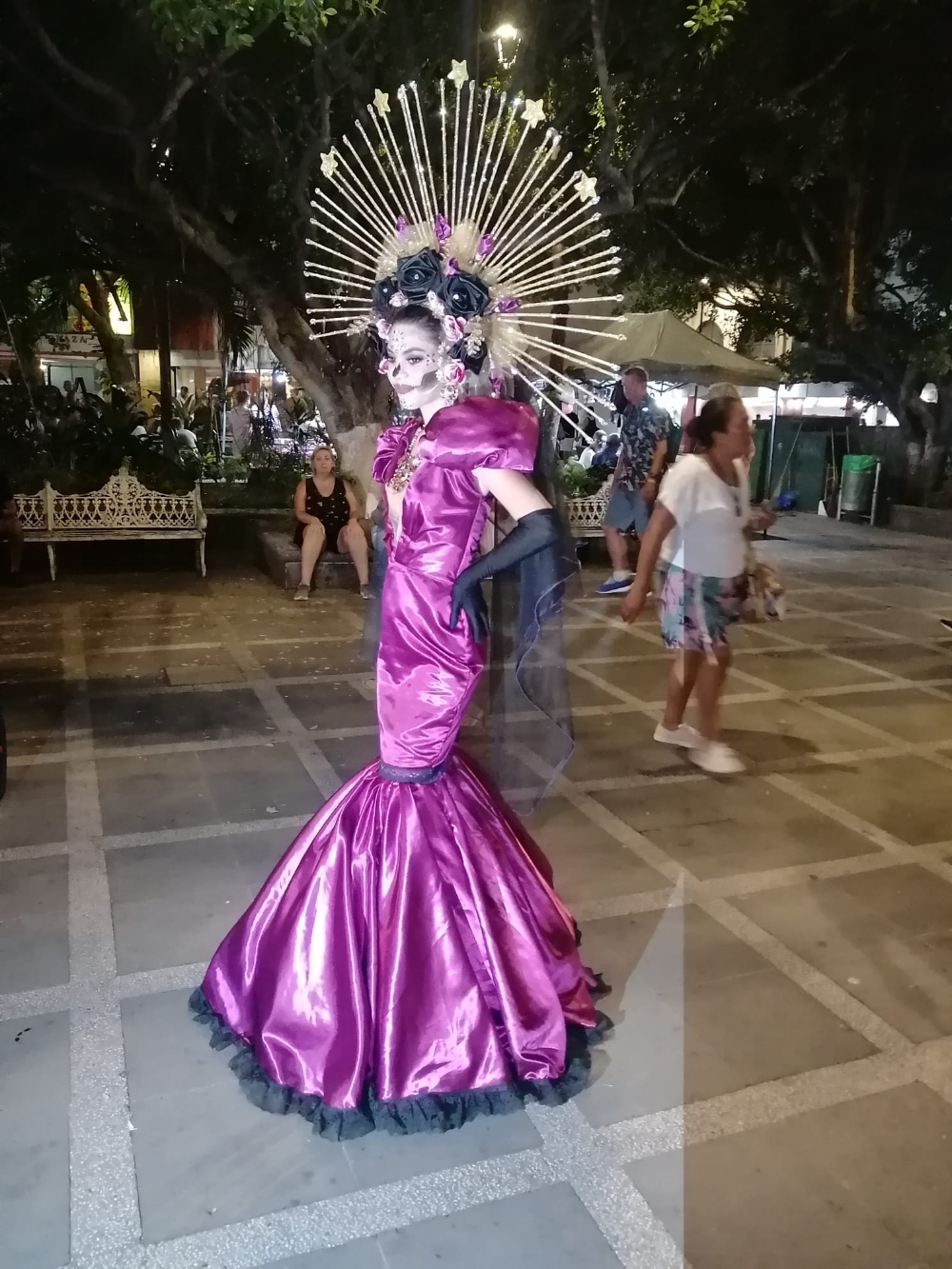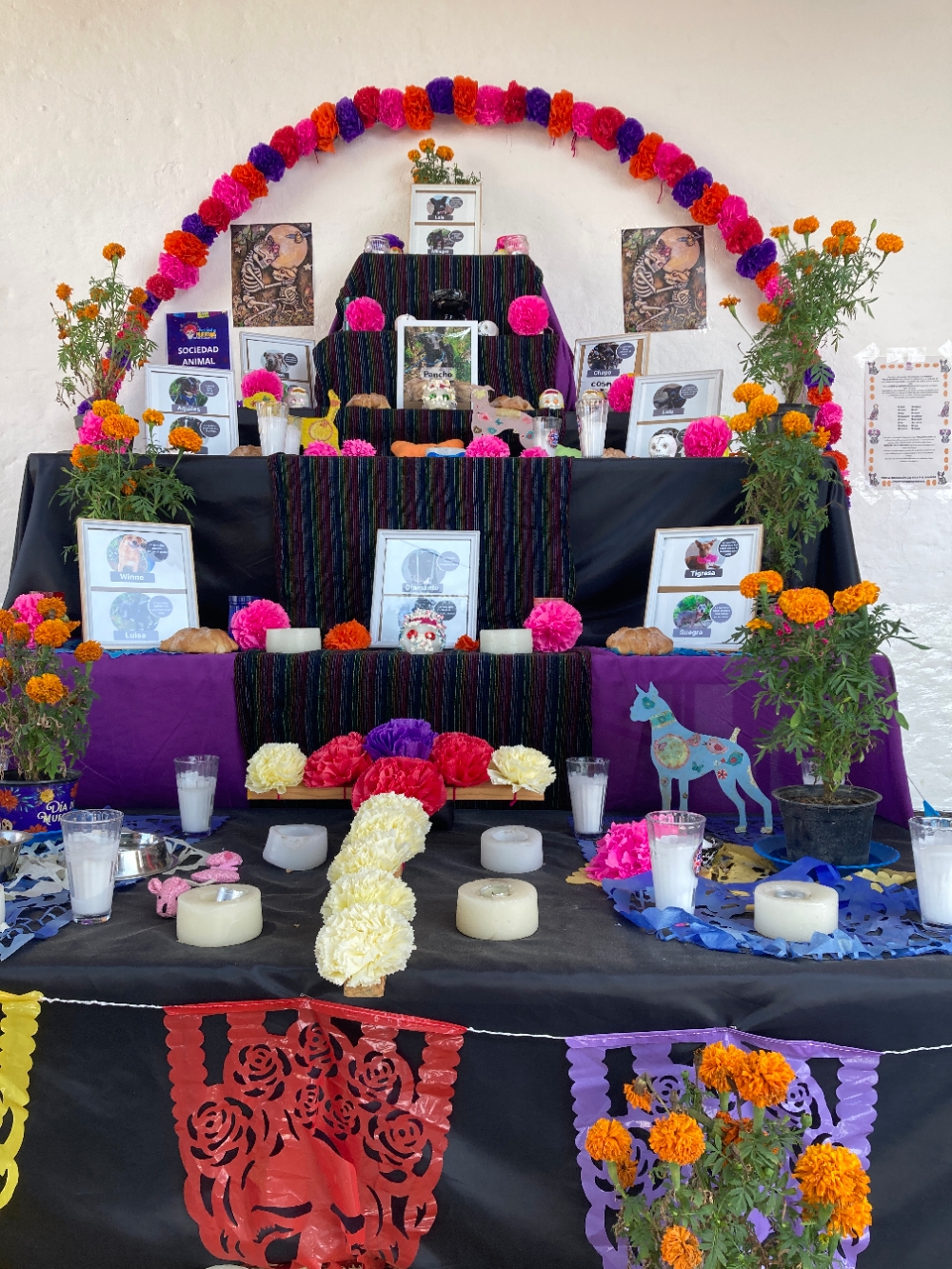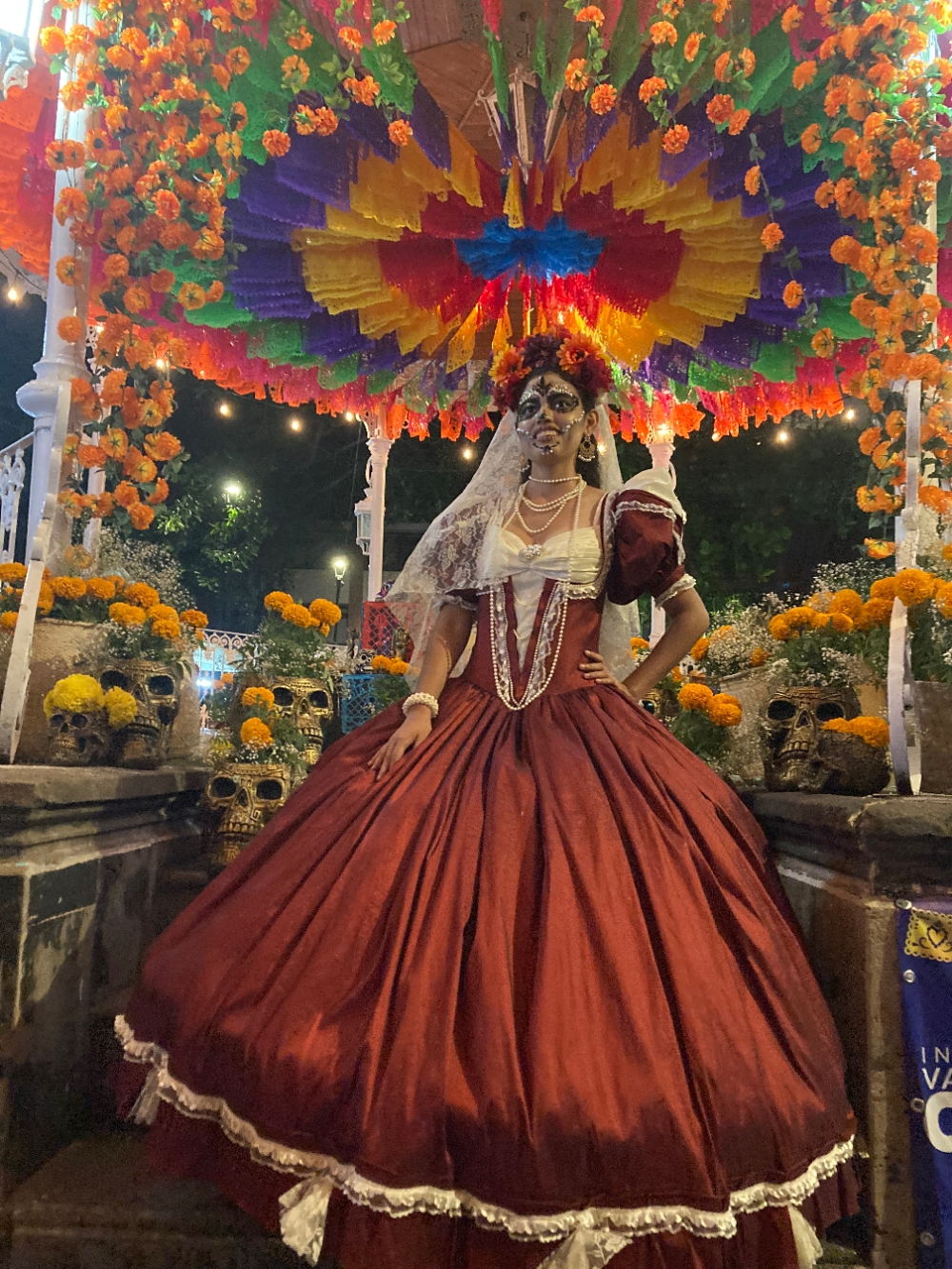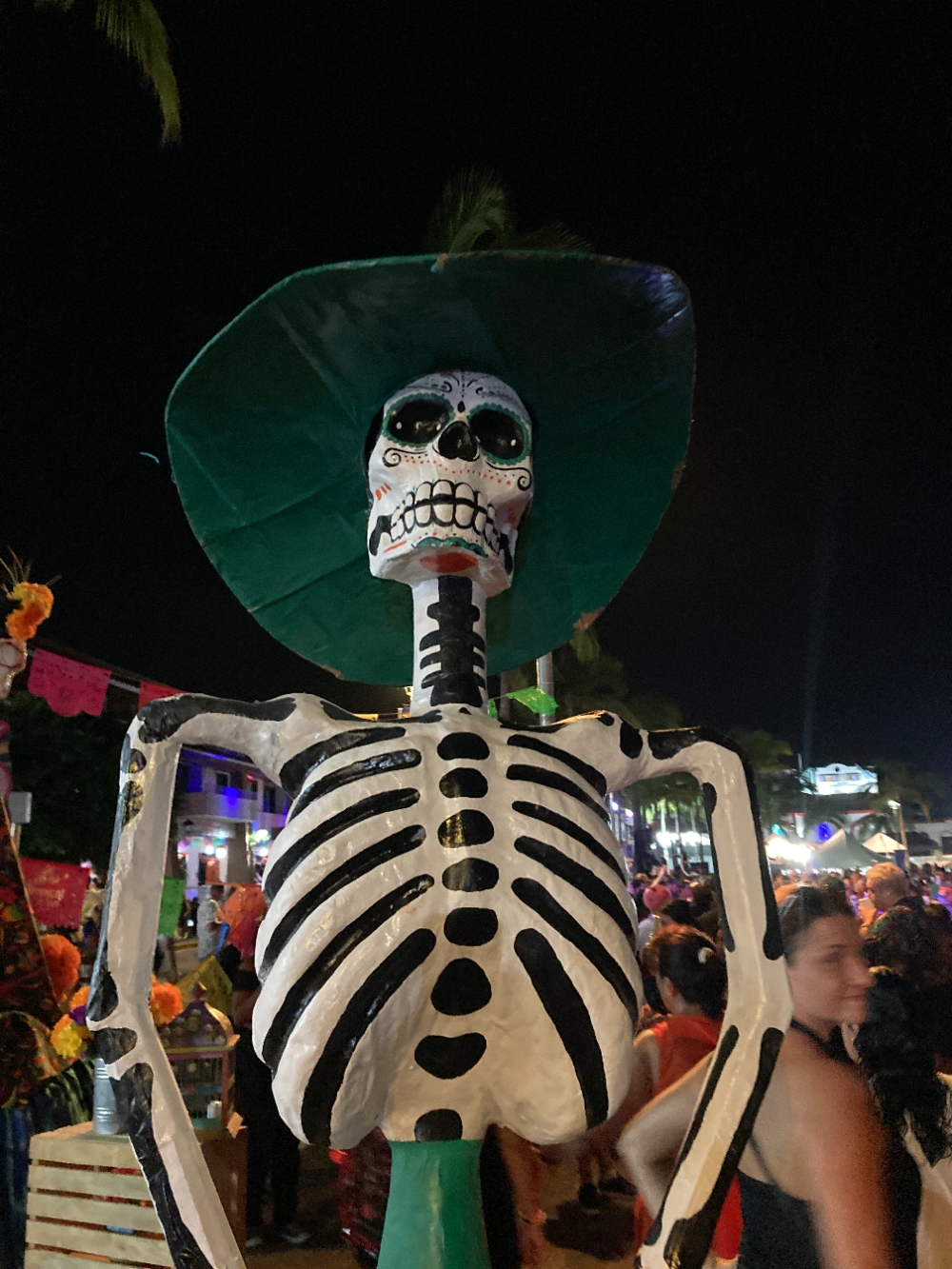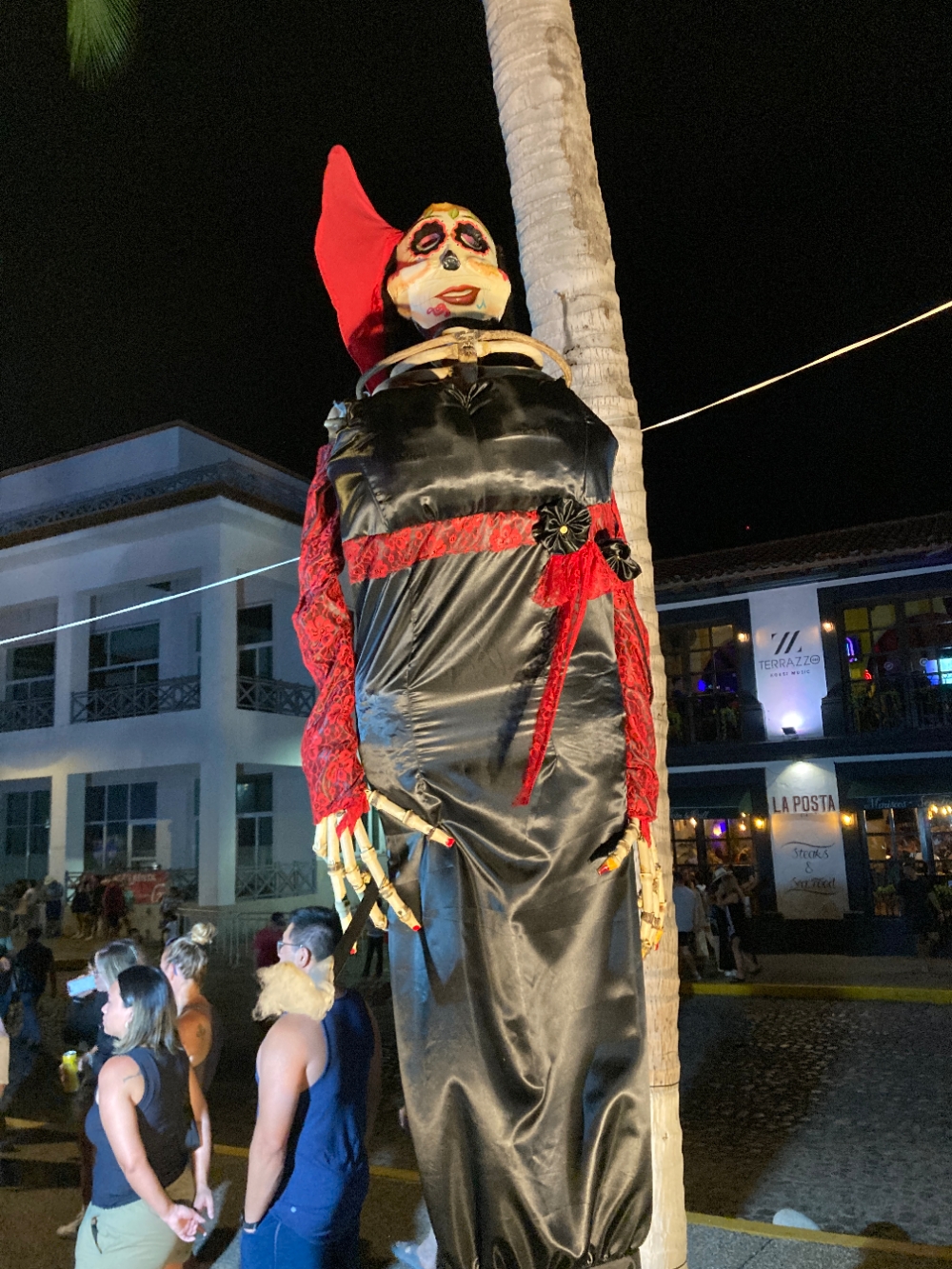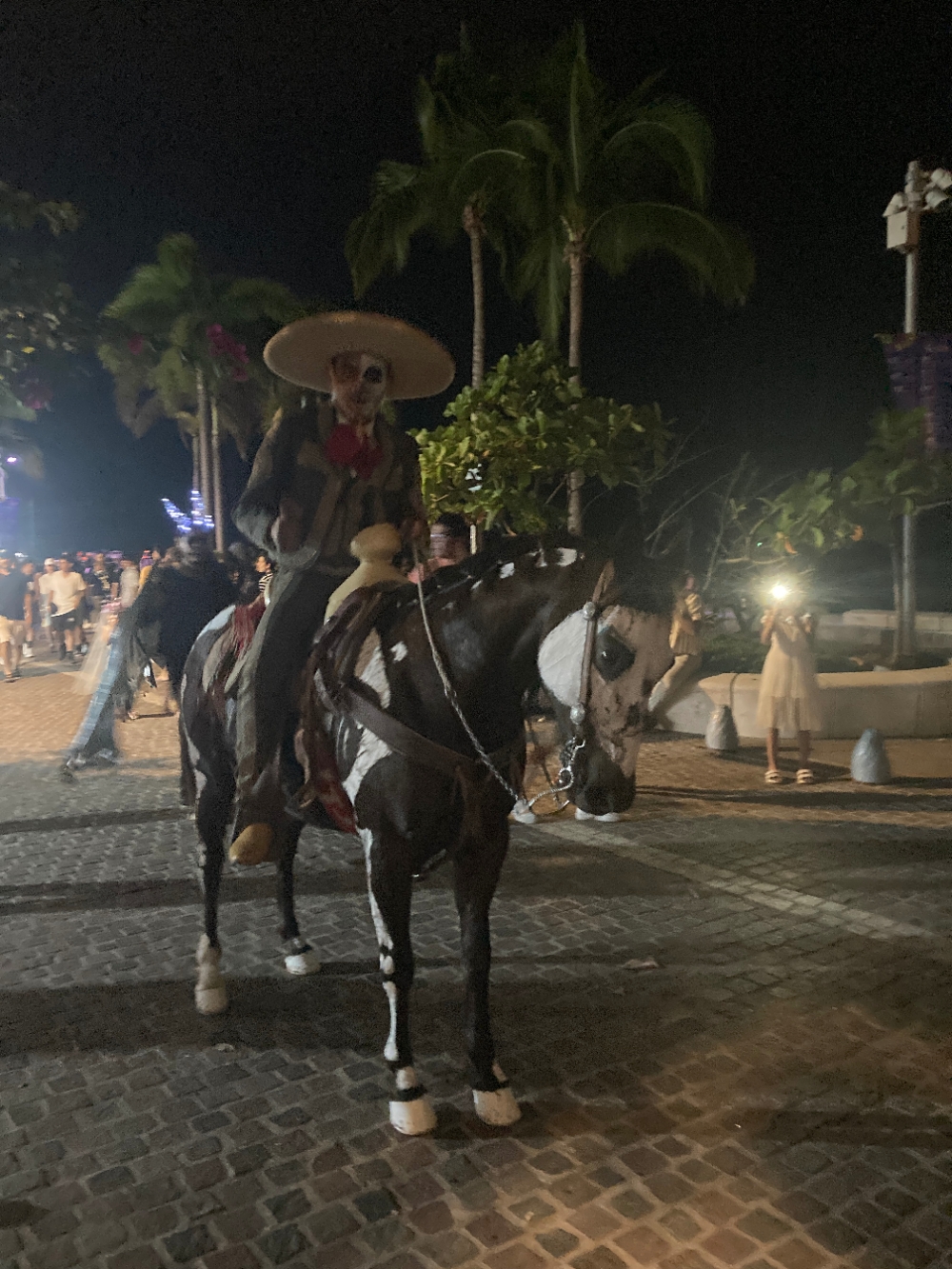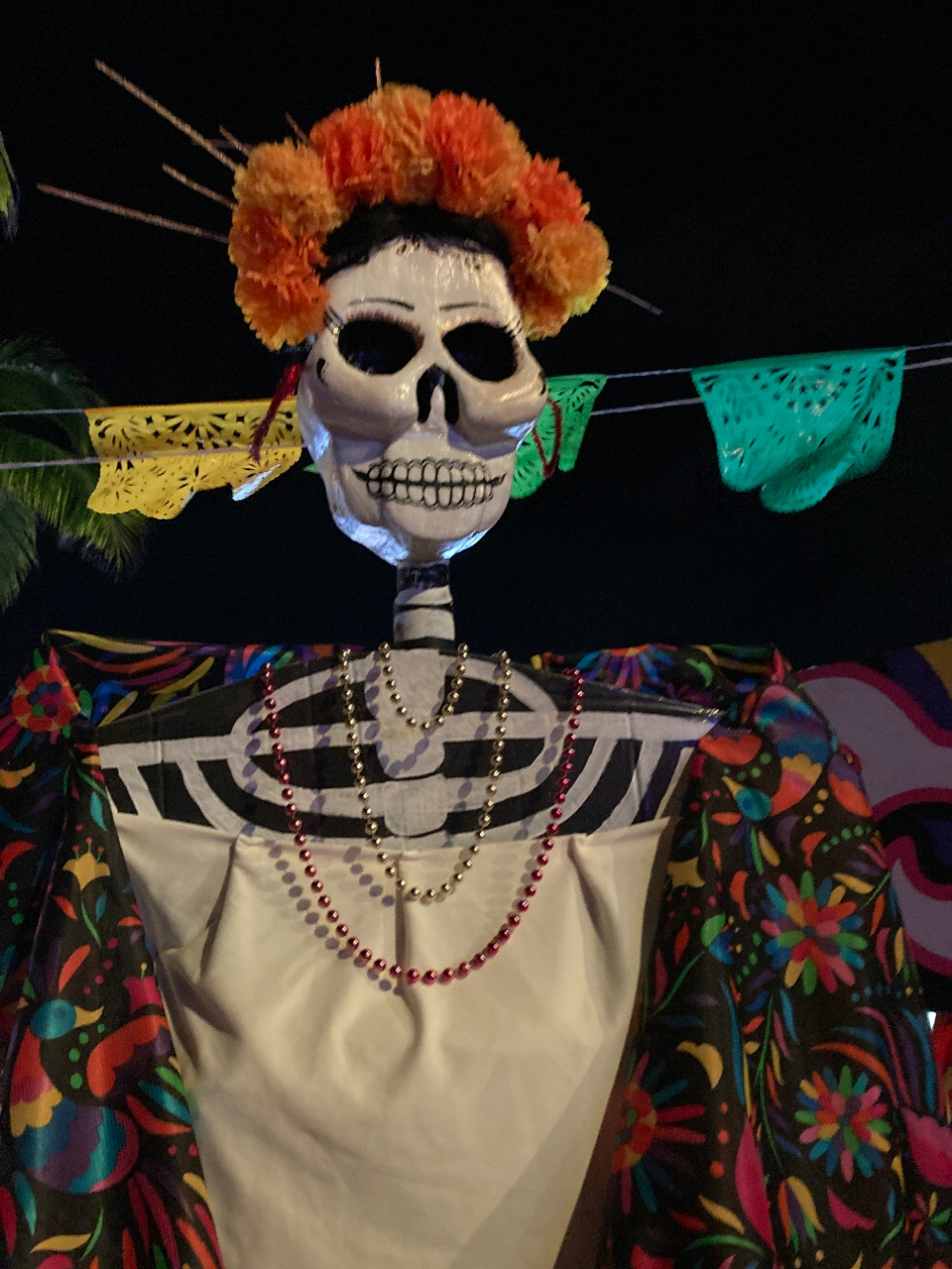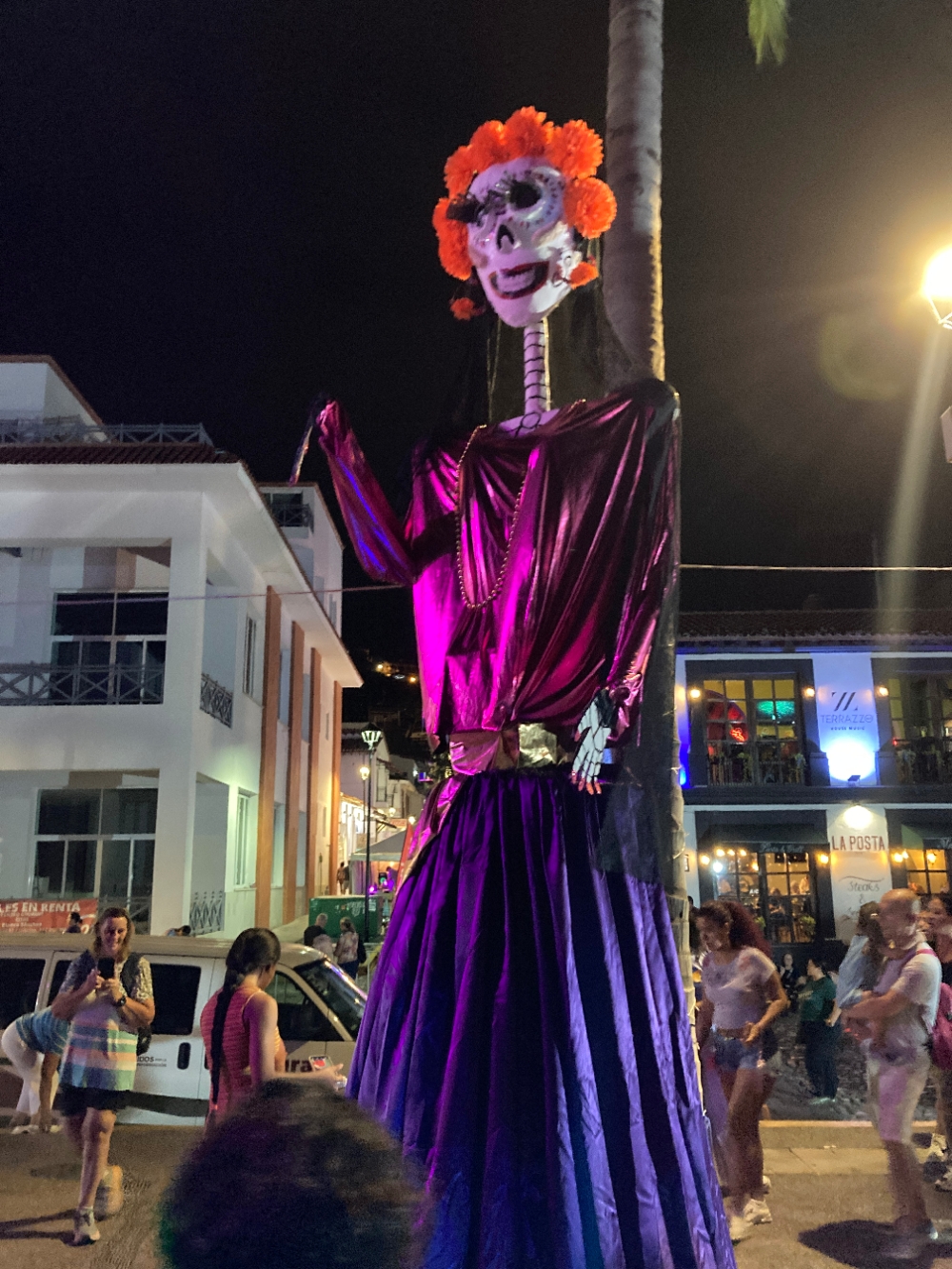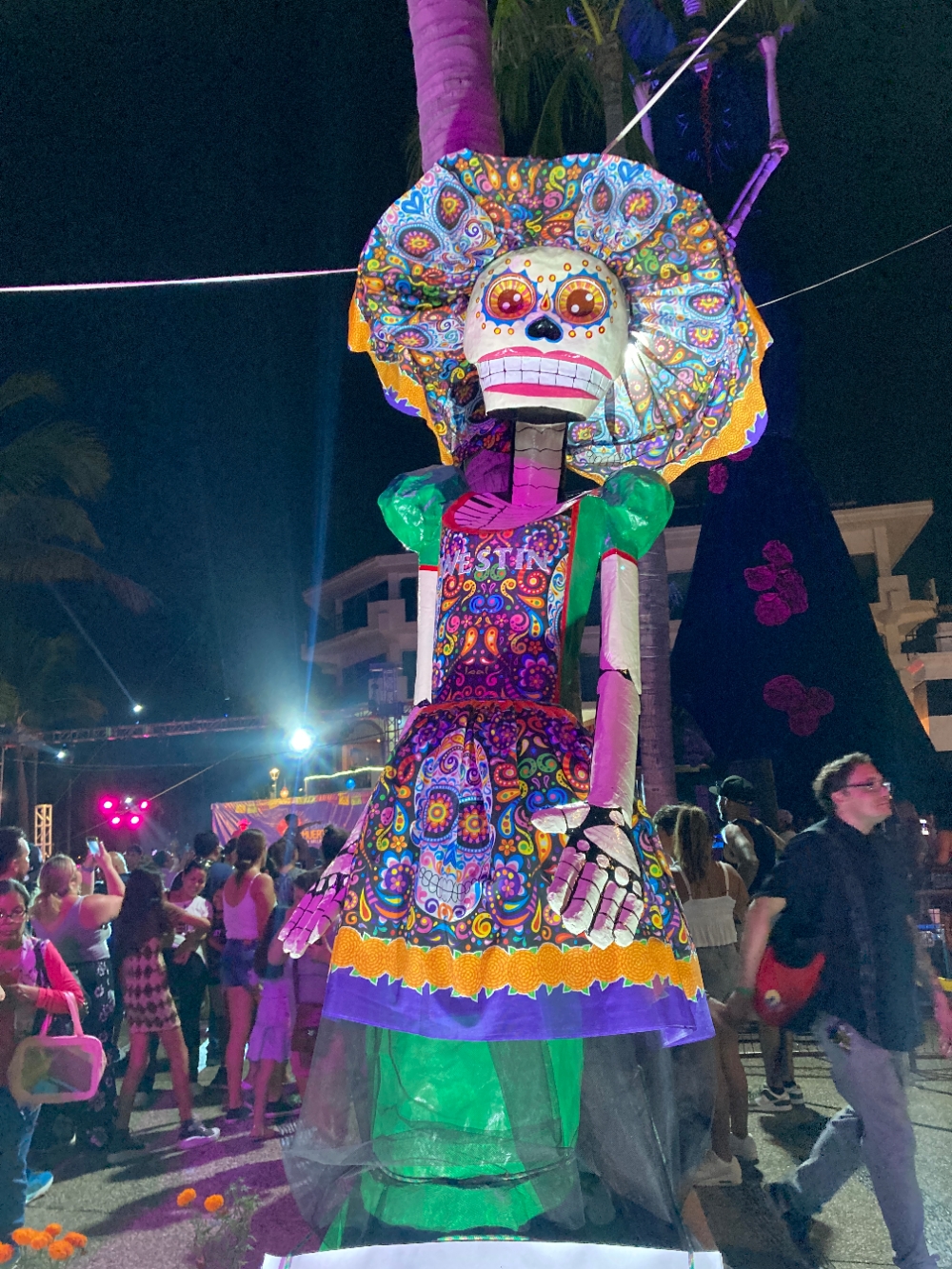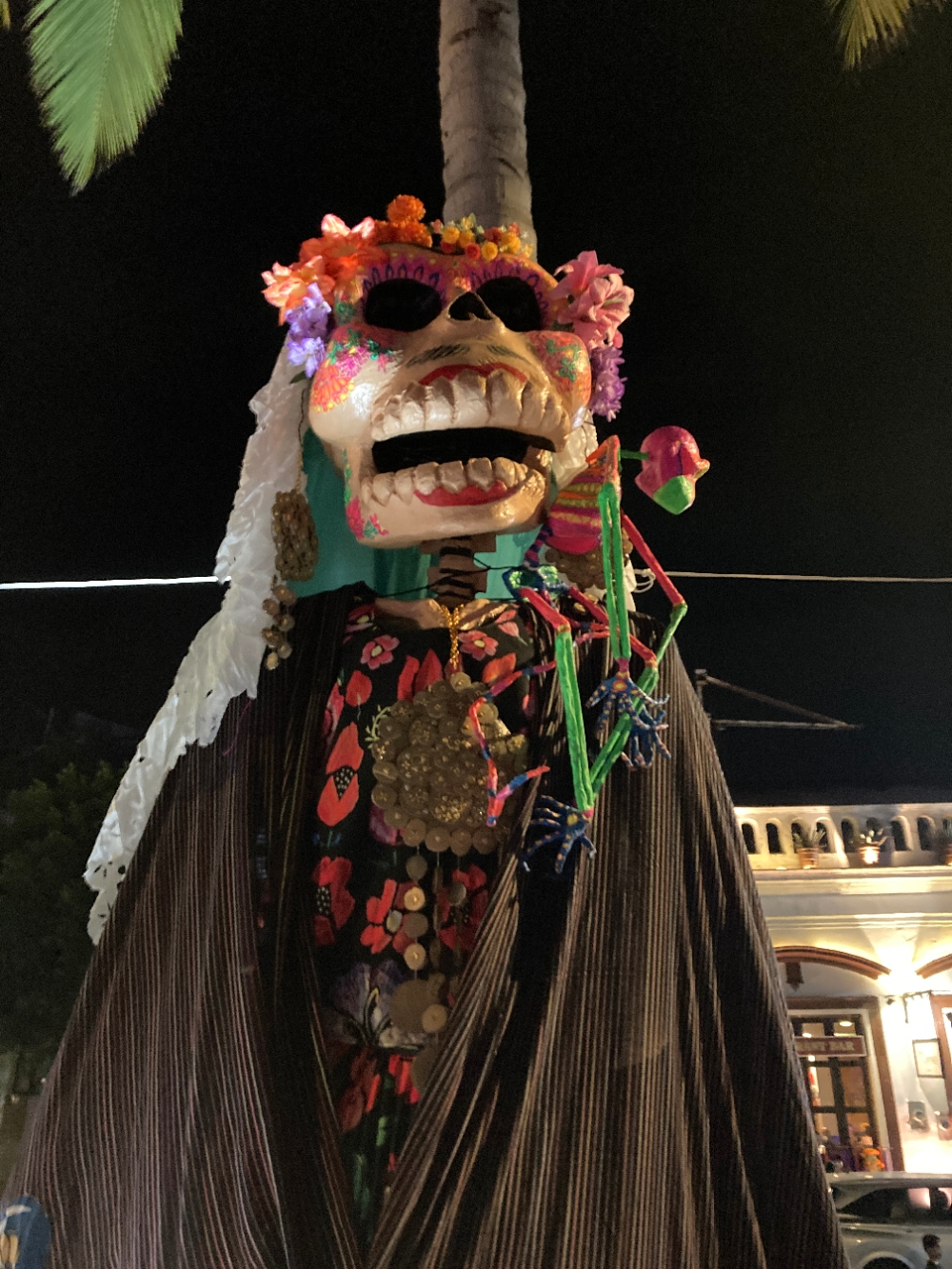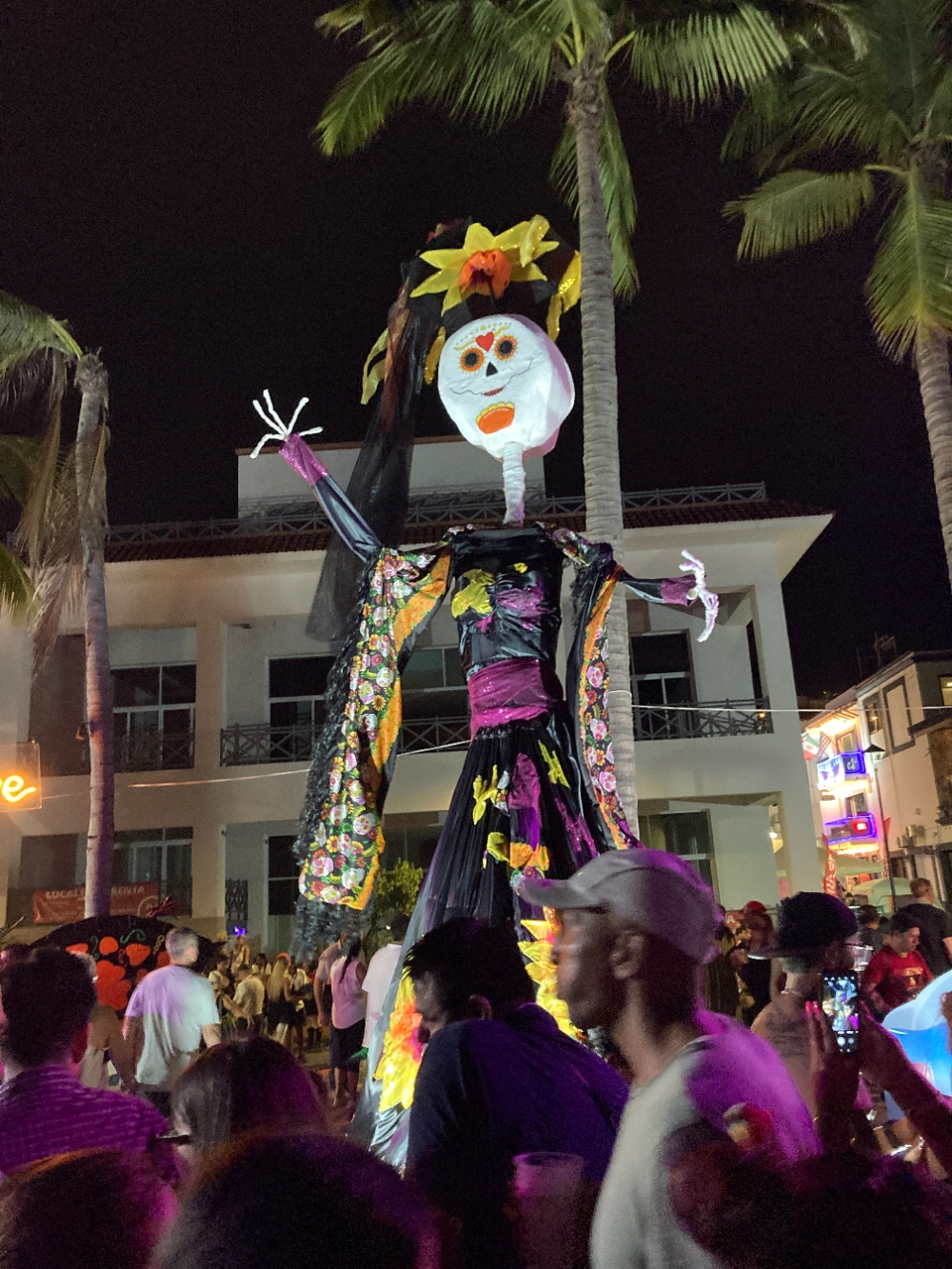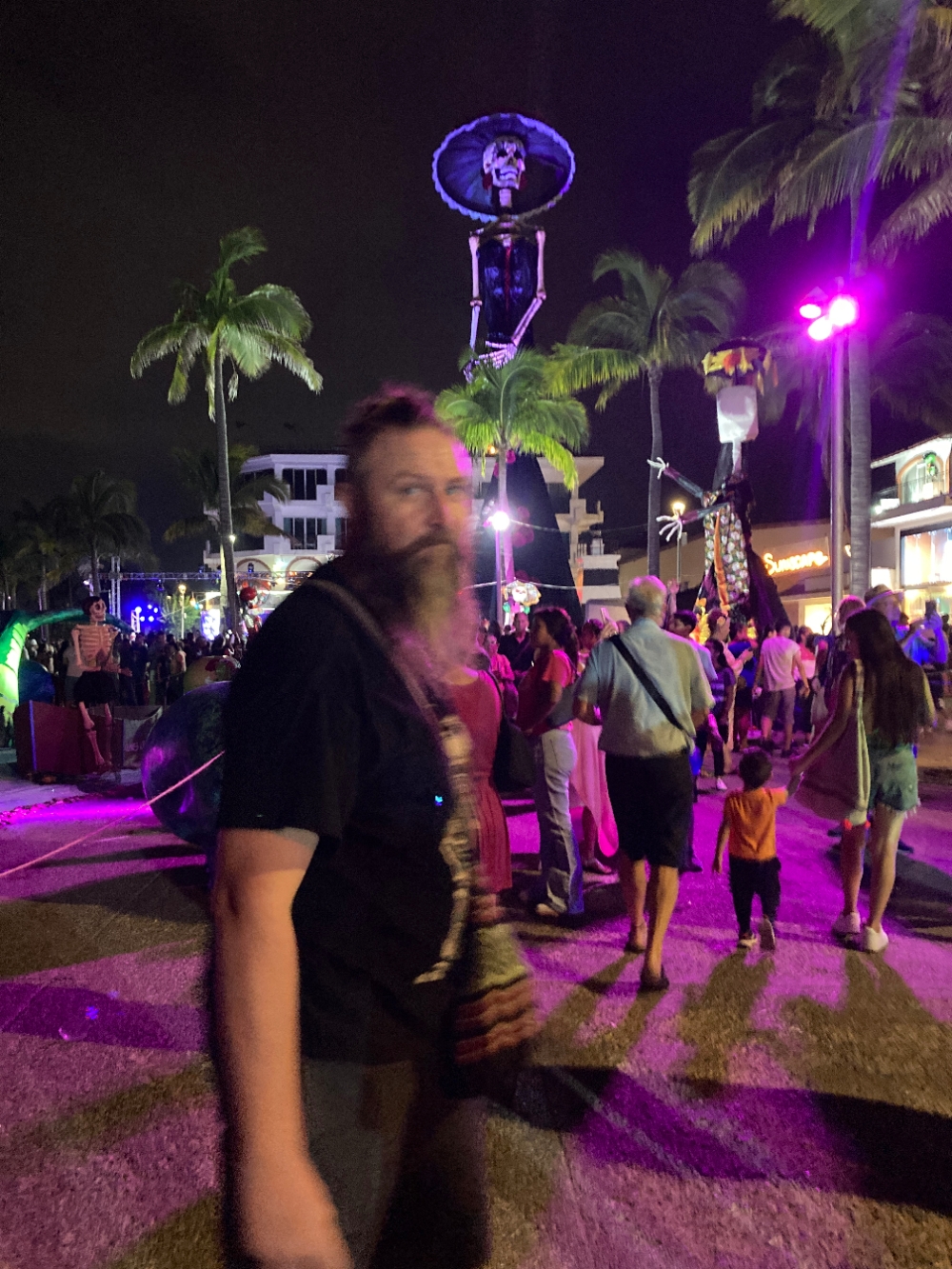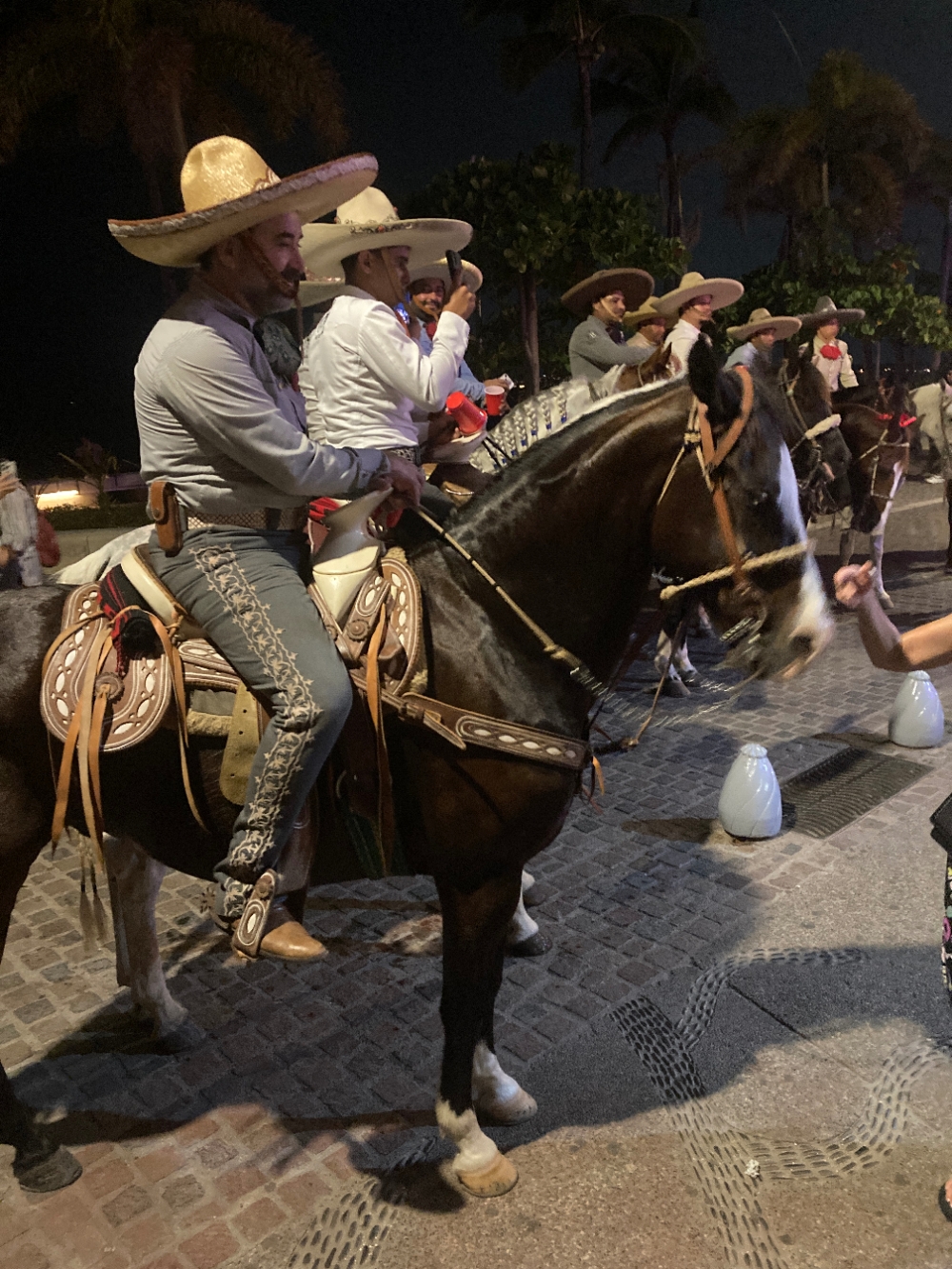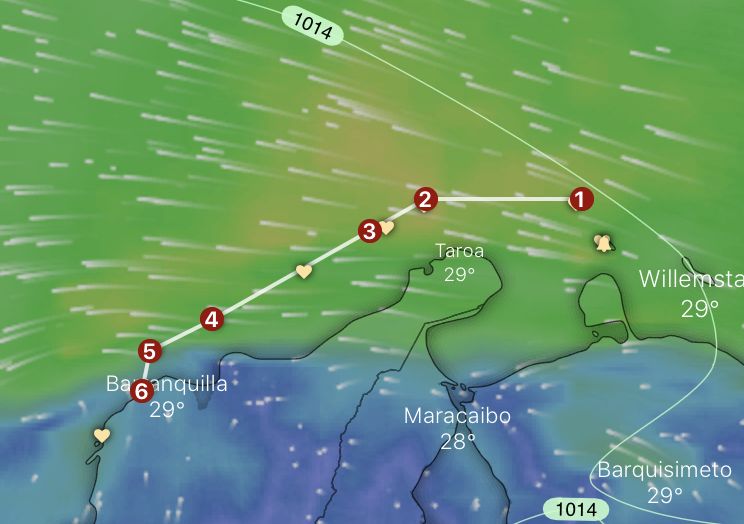Dia de Muertos
Mexico is huge, not only geographically, but also culturally speaking. I’ve been trying to learn more about the Day of the Dead for a long time now, but its variations have been a bit confusing. The conservatives are trying to deny the pre-hispanic origin, others are telling that it goes way before Spanish. However, nothing changes the fact that this tradition is alive, and it is not merely a PR trick to attract tourists to Mexico. Some elements are, but not all of it. My favorite version is from the Mexicas, the indigenous Nahuatla peoples, and you’ll get to read about it today.
Everything what you will read here is solely one version. Therefore it is highly likely that you might have heard a completely different origin of the Day of the Dead festivities.
The end… or more like the beginning
For Mexicas, which is a general term describing the indigenous peoples of central Mexico, who speak the Nahuatl language, death was inseparable of life. The cult was strong and so were the traditions.
The death was announced by the female elders with screams and cries. It was the beginning of the journey that the soul meant to make in order to get to the mythical realm of the dead. The soul was due to travel for four years and so were his relatives in the world of the living. 4 years is very precise, as this is about the time the body needs to decompose. So, as long as your remains are present, you are still among the living. Over those years relatives gathered by the grave once a year for a month and celebrated the life of the descent. What did it look like? As far as we know, it was quite similar to what is done now. They built ofrendas – altars, decorated with skulls and Flor de Muertos, they prepared favorite meals and drinks. That all send the wandering soul powerful message, which helped it to get to Mictlan. And Mictlan was not an easy place to get.Mictlan, Not an Easy Path to the Kingdom of the Dead
Mictlan – mythical Paradise in the Kingdom of the Dead, a place where souls could rest. What intrigued me was the existence of multiple Kingdoms for dead people. It depended on both how you lived and how you died. Children held a very special place in their beliefs. They immediately went to Chichihuacuauhco, the Kingdom of the Great Tree, where they were nurtured until they could return to the World of the Living. The VIP lounge was also reserved for war heroes, those sacrificed on altars for gods, and… (drumroll) women who died in labor. I find it truly fantastic as in Europe, about the same time, women were marginalized and burnt for witchcraft, just saying… The very last group that could use the priority lane was sailors. This is my very loose assumption, because Tlalocan was reserved for those who died in the water or because of water. My first thought was that it must have been a paradise filled with endless rum and smoke, rar, rar, rar, but then I read about some sacrificial drownings too. Brutal…9 circles
However, Mictlan, was the largest and most popular realm. In the end sailors, warriors and women in labor were not the majority, even though the Aztecs tried to increase this number by sacrificial deaths, and they were famous for their generosity in that regard.
Mictlan was divided into 9 circles. The first was the Itzcuintlan, the circle of the Dog Xoloitzcuintli – Dog of the Dead. In present times, this ancient dog breed still exists. Xolo is a hairless, black dog, and you can see them on the streets. So this quite scary dog was guarding the first circle and NOBODY who ever mistreated the dog in their life could go pass him! I love it! all dog abusers are bad people, let them wander in the nothingness forever!
The second circle was the place where mountains meet, ruled by Tepeyollotl, the God of Echos. Generally speaking, if you were not crashed by the mountains, you could go further to Iztepetl, the place where god Itztlacoliuhqui was stripping the soul of all earthly belongings. In the fourth circle, Land of Snow, you paid a visit to Mictlecayotl. If you survived extreme cold, you advanced to the fifth circle – Paniecatacoyan, the Land of Winds with zero gravity, to make it more fun. The Sixth circle, called Timiminaloayan, was a test of survival as everything was trying to kill the dead there. The seventh circle, Teocoyohuehualoyan, was where a huge Jaguar devoured the heart. The next, eighth step was the Water. You had to face it in Izmictlan Apochcalolc. The last one was Chicunamictlan, the great fog that wiped away the last traces of your earthly life, everything tied to life. At this stage you reflected on your past life in front of the Gods of Death: Mictlantecuhtli and Mictlancihuatl, earning you the ticket to paradise, where your soul could rest for eternity. I am fascinated by how those 9 circles covered all activities that people, living calm, day-to-day life, could have never experienced. It almost seems like Mexicas wanted everybody to have the full life experience. To challenge oneself to reach the highest mountains, climb the volcanoes, traverse the desert, feel extreme winds and cold, face wild animals, and finally, to leave the safe land, go across the endless water (read. go sailing!) and lose oneself in the fog. That sounds like a scenario for a great adventure, and I respect that!Dia de Muertos now
Along with the Spanish, a new religion emerged. Chrisitian ceremonies and traditions evolved and mixed with indigenous ones. I can imagine that when invaders force a new religion on you, building chapels in the places your parents worshiped their gods, you resist, you rebel, and even if it is just within the four walls of your home, old traditions survive. Here in Mexico, indigenous traditions must have been very strong. What we experience today is a magical mix.
Dia de Muertos is on the 2nd of November, but celebrations start much earlier. On the 28th of October when people recall those who died tragically. 29th is for those who drowned. 30th and 31st are reserved for non-baptized children. First of November is Dia de Todos los Santos, which means All Saints). Second of November is reserved for relatives.
We asked about it because we were curious to know if it is a tourist attraction or a true Mexican tradition. Everybody, from marina staff to every single Uber driver, said that it is for real. Family holiday that starts weeks before. Everybody participates with a lot of cooking, decorating, laughter, hugging, and crying.
Oferenda
They build oferendas, which are altars covered with white cloth with confetti all over it. Cloth symbolizes the ancestors, next generations of the family is the confetti. It is important that the oferenda is easily readable for the wandering soul. There is a photo of the deceased, along with his/hers favorite food, drinks, and smokes. Until not so long ago, the path from the grave to the home was marked by candles. Each oferenda is adorned with Flores de vida y Muerto and Pan de Muerto, a sweet pastry bread. There are off course skulls, candles and water. Very often there is a cross made of salt. Music and copal smoke fill the air.
La Catrina
La Catrina is likely the most recognizable element of Dia de Muertos. This is relatively recent and not closely tied to any specific beliefs or regions; instead, it has political origin. Now it is mostly festive.
It began with la Calavera Garbancera, a satirical lithograph by Jose Guadalupe Posada. He put a fancy French hat with ostrich feathers on the skeleton to mock the Mexican elites who were trying to be more French than French, denying their own indigenous roots. It was the graphic to the Calaveras Literarias, which was the short, rhymed poem, typically published during the Dia de Muertos. It was political but also often personal, as it was tradition to speak unspoken truths this time of the year.
La Catrina became famous when Diego Rivera in 1947, put her in his mural titled “Sueno de una tarde dominical en la Almeda Central”, dressed not only in a fancy hat, but also in the fancy dress. Since then Catrina has become a part of celebrations. Now, Catrinas are everywhere. Live Catrinas parade the streets, and there is a contest for the tallest Catrina, signed in the Guiness World Record Book. We saw the second tallest Catrina in Puerto Vallarta and she was 25m high!
Especially in Poland, we don’t really celebrate the Day of the Dead. We visit the graveyard and lit the candles, but overall, that’s it. It is a rather somber experience. Here, everything is present, because death doesn’t signify absence. Instead, it’s rather the vivid presence of those who have passed away. This is what resonates with me. We cried walking among the oferendas of people and pets we didn’t know, telling stories about our beloved ones who passed. I am quite sure that my dearest Dad, along with our little puppy Matt, were there with us, dancing on the streets between the horses of Mariachis and eerie Catrinas!

